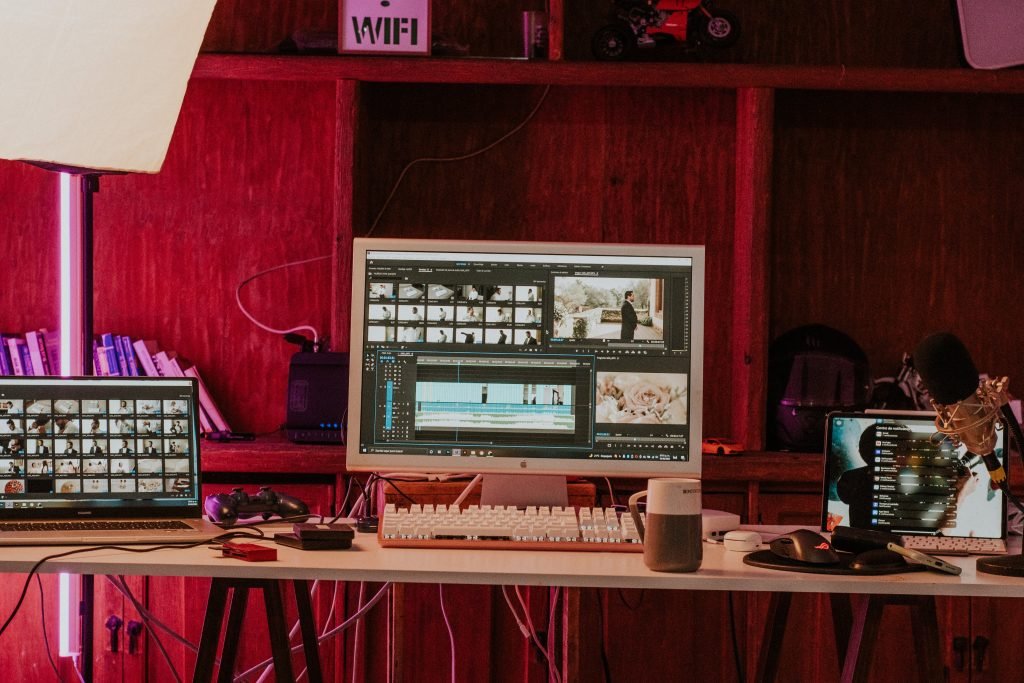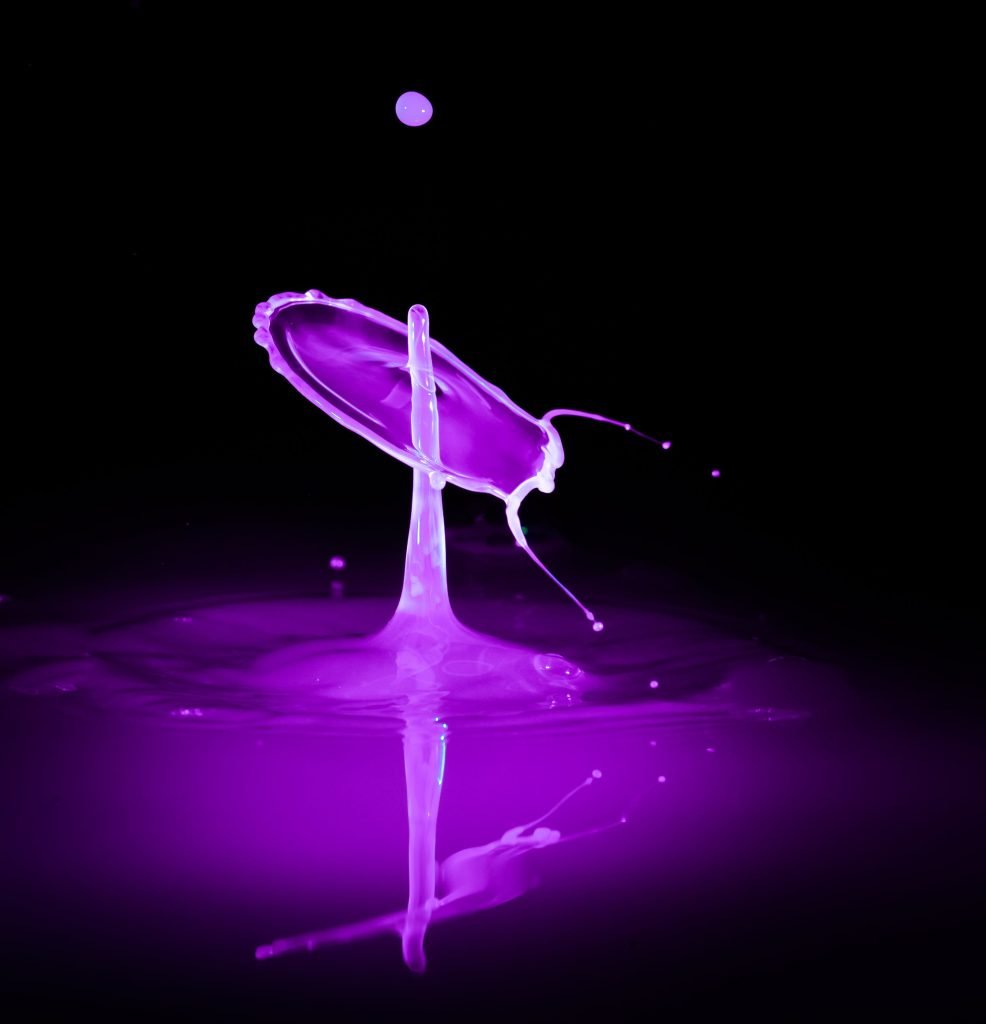
Mastering the Art of Animation and Motion Graphics
Animation and motion graphics are not just tools for entertainment—they are powerful mediums for storytelling, communication, and brand engagement. From captivating advertisements to immersive user interfaces, animation and motion graphics play a vital role in shaping our digital experiences. In this comprehensive guide, we delve into the world of animation and motion graphics, exploring their fundamentals, techniques, applications, and the future of visual storytelling.
Understanding Animation & Motion Graphics
1. What is Animation?
Animation is the process of creating the illusion of motion through a sequence of still images or frames. It encompasses various techniques, including traditional hand-drawn animation, computer-generated imagery (CGI), stop motion, and 3D animation. Animation brings characters, objects, and environments to life, allowing storytellers to convey emotions, messages, and narratives in dynamic and engaging ways.
2. Exploring Motion Graphics

Motion graphics combine graphic design, animation, and visual effects to create dynamic and engaging motion sequences. Unlike traditional animation, which often involves character animation and storytelling, motion graphics focus on conveying information, data visualization, and enhancing visual communication. From animated logos to kinetic typography, motion graphics add flair and interactivity to videos, presentations, and digital interfaces.
Techniques and Tools of Animation & Motion Graphics
1. Traditional Animation Techniques
Traditional animation techniques, such as hand-drawn animation and cel animation, involve creating each frame by hand on paper or transparent sheets. While labor-intensive, traditional animation offers a timeless charm and fluidity that resonates with audiences of all ages.
2. Computer Animation Software
Computer animation software, such as Adobe Animate, Toon Boom Harmony, and Autodesk Maya, streamline the animation process by providing digital tools for drawing, rigging, and animating characters and objects. These software packages offer a wide range of features, including timeline-based animation, keyframe interpolation, and physics simulations, empowering animators to bring their creative visions to life with precision and efficiency.
3. Motion Graphics Software

Motion graphics software, such as Adobe After Effects, Cinema 4D, and Blender, specialize in creating dynamic motion sequences, visual effects, and animated graphics. These tools offer a plethora of presets, templates, and effects libraries, enabling designers to quickly create stunning animations and motion graphics for various media platforms.
Applications of Animation & Motion Graphics
1. Animation and Motion Graphics in Advertising and Marketing
Animation and motion graphics are widely used in advertising and marketing campaigns to grab attention, convey brand messages, and drive engagement. From animated commercials to explainer videos and social media content, animation captivates audiences and leaves a lasting impression.
2. Film and Television
Animation has long been a staple in the film and television industry, with animated films and series captivating audiences of all ages. From beloved classics like Disney’s “The Lion King” to cutting-edge CGI blockbusters, animation pushes the boundaries of storytelling and visual effects, transporting viewers to fantastical worlds and stirring their imagination.
3. User Interface (UI) Design
Motion graphics play a crucial role in user interface (UI) design, enhancing usability, guiding user interactions, and creating immersive digital experiences. Animated transitions, microinteractions, and visual feedback enrich the user experience, making interfaces intuitive, engaging, and memorable.
4. Education and Training
Graphics are valuable tools for education and training, simplifying complex concepts, and making learning more interactive and engaging. Educational animations, explainer videos, and interactive tutorials help students grasp abstract ideas, retain information, and apply knowledge in real-world scenarios.
5. Architectural Visualization
In architecture and real estate, animation and motion graphics are used to visualize building designs, interior layouts, and urban landscapes. 3D animations, flythroughs, and virtual tours provide clients and stakeholders with a realistic preview of architectural projects, facilitating better decision-making and communication.
The Future of Animation & Motion Graphics

As technology advances and creative boundaries continue to be pushed, the future of these holds endless possibilities. From advancements in real-time rendering and augmented reality (AR) to the rise of interactive storytelling and immersive experiences, animation, and motion graphics will continue to evolve, inspire, and redefine the way we perceive and interact with the digital world.
Unveiling the Advantages of Animation & Motion Graphics
These are not merely tools for entertainment; they are powerful mediums that offer a myriad of advantages across various industries and applications. From advertising and marketing to education and user interface design, animation and motion graphics play a pivotal role. Whether it be captivating audiences, conveying complex ideas, or enhancing visual communication. Let’s explore the unparalleled advantages:
1. Visual Engagement
Animation and motion graphics have a unique ability to capture and retain audience attention. The dynamic nature of moving images, coupled with vibrant colors and eye-catching transitions, makes animations more engaging and memorable than static content. Whether in advertisements, presentations, or digital interfaces, animations draw viewers in and encourage active participation.
2. Simplification of Complex Concepts
Complex ideas and processes can be challenging to explain using traditional methods. They provides a visual representation of abstract concepts, making them easier to understand and digest. By breaking down complex information into bite-sized, visually appealing segments, animations enhance comprehension and retention, particularly in educational and instructional contexts.
3. Enhanced Brand Recognition
Motion graphics and animation offer a powerful way to convey brand identity and messaging. Animated logos, brand mascots, and signature visual elements create a memorable brand experience that resonates with audiences. By infusing personality, creativity, and storytelling into brand visuals, animations help businesses stand out in crowded markets and build stronger connections with customers.
4. Versatility and Flexibility
Animation and motion graphics are incredibly versatile mediums that can be applied across a wide range of platforms and formats. From traditional 2D animations to sophisticated 3D visualizations, animations can adapt to various storytelling styles and artistic techniques. Moreover, animations can be seamlessly integrated into websites, social media posts, presentations, and multimedia campaigns, maximizing their reach and impact.
5. Cost-Effective Communication
It offer a cost-effective solution for creating compelling visual content. Compared to live-action production, which may require elaborate sets, actors, and filming equipment, animations can be produced entirely in a digital environment. This reduces production costs, eliminates logistical challenges, and allows for greater creative freedom, making animation an attractive option for businesses with budget constraints.
6. Increased Interactivity
Interactive animations and motion graphics invite viewers to actively engage with content, fostering a sense of immersion and participation. Interactive elements, such as clickable buttons, animated infographics, and gamified interfaces, encourage users to explore and interact with digital content at their own pace. This interactivity not only enhances user engagement but also provides valuable insights into user behavior and preferences.
7. Global Reach and Accessibility
Animation transcends language and cultural barriers, making it an effective communication tool for diverse audiences worldwide. Unlike text-based content, which may require translation and localization, animations rely on visual storytelling techniques that resonate universally. This universal appeal enables businesses to reach global audiences and convey messages in a clear and impactful manner.
8. Creative Expression and Innovation
Animation and motion graphics provide a canvas for boundless creativity and innovation. Artists and designers can experiment with unique visual styles, animation techniques, and storytelling approaches to create compelling narratives and immersive experiences. From surreal abstract animations to hyper-realistic CGI sequences, animation pushes the boundaries of imagination and opens doors to new artistic possibilities.
Conclusion
Animation and motion graphics are more than just visual embellishments—they are powerful tools for communication, expression, and creativity. Whether captivating audiences with mesmerizing visuals, simplifying complex concepts, or bringing fantastical worlds to life, animation and motion graphics have the power to inform, inspire, and entertain. By mastering the art of animation and motion graphics, storytellers, designers, and creators can unlock new dimensions of visual storytelling and leave a lasting impact in the digital landscape.













